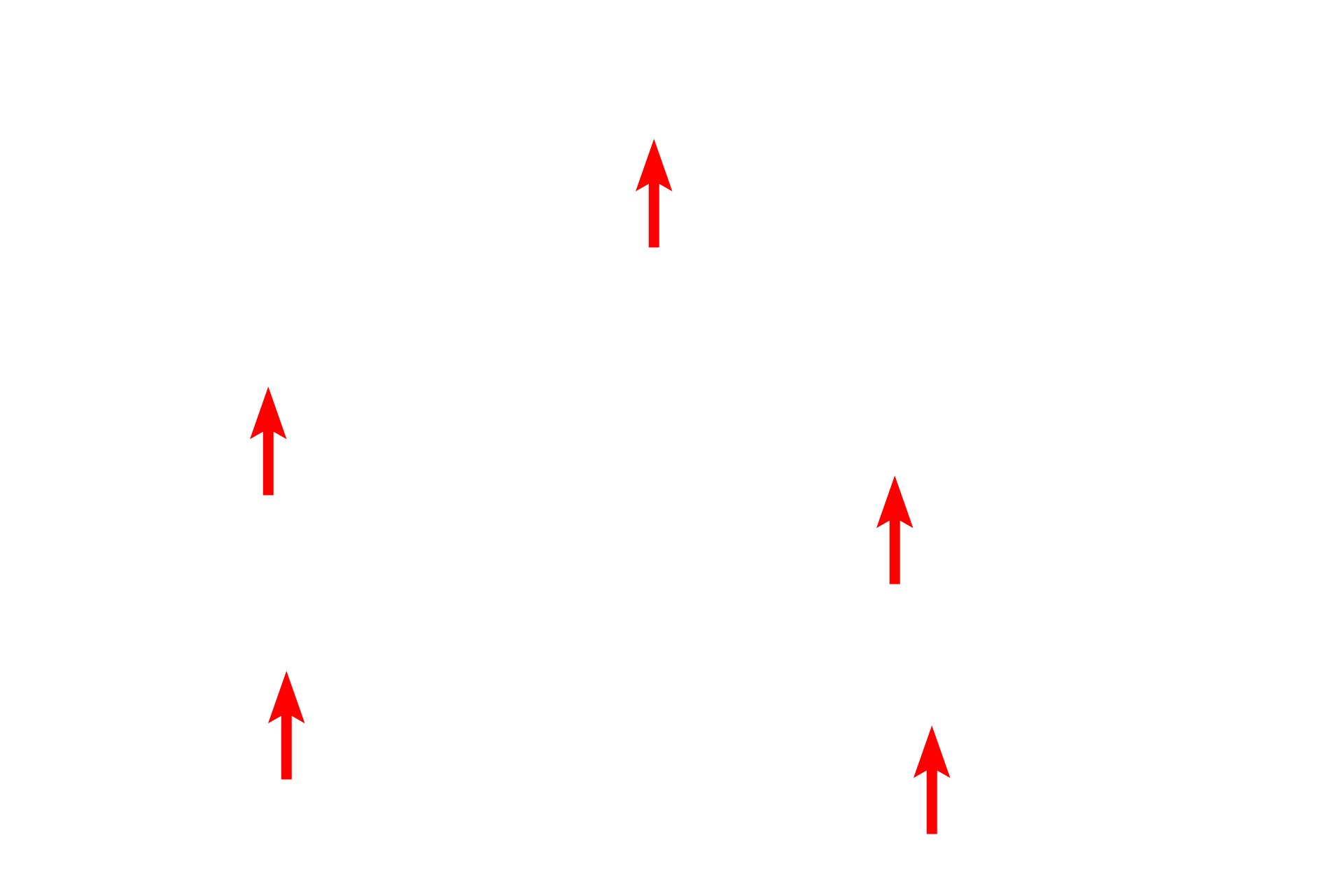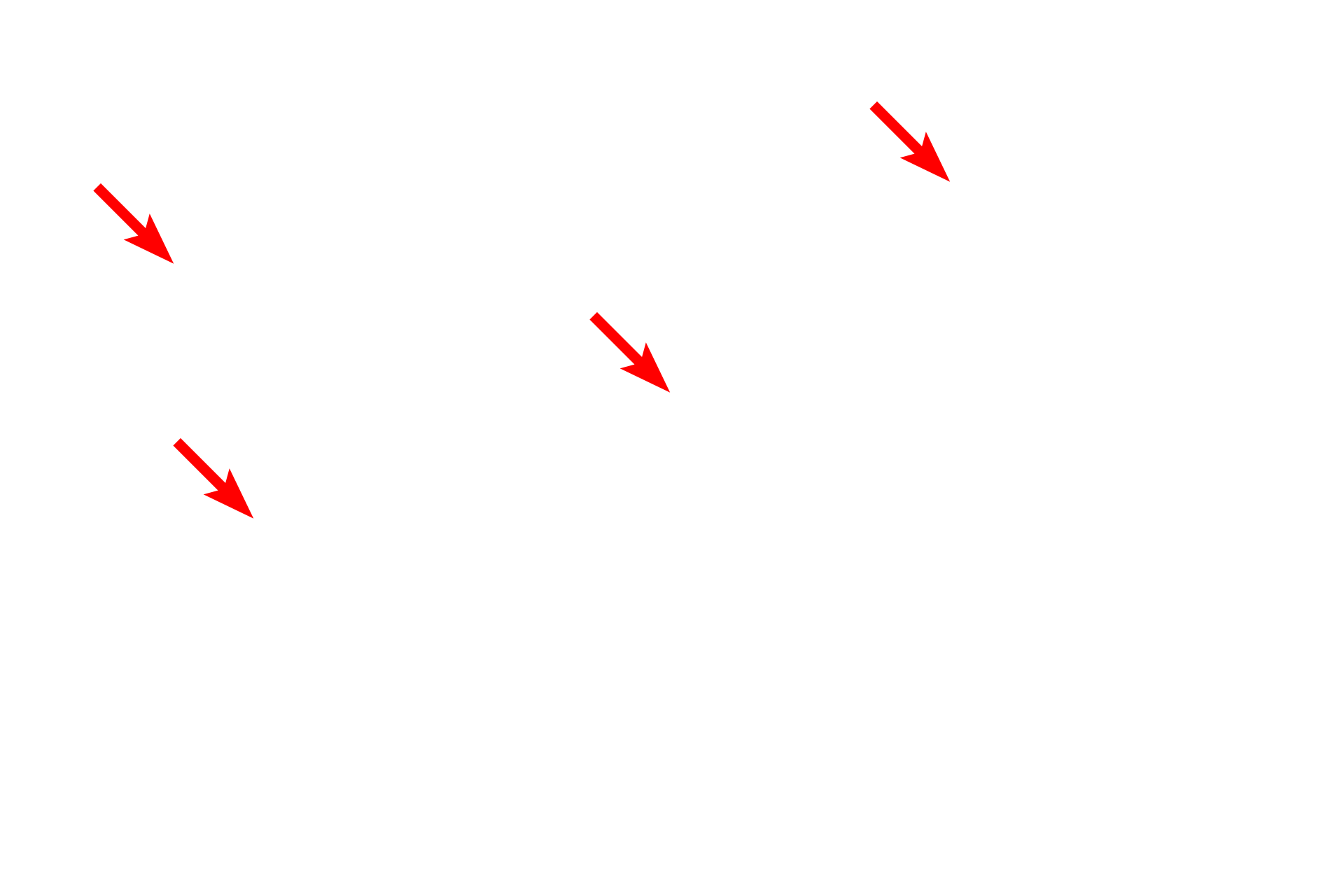
Schwann cells
This electron micrograph shows cross sections of numerous myelinated axons within a peripheral nerve. Axons larger than one micron in diameter are usually myelinated and the diameter of the axon is proportional to the number of wrappings. 6000x

Axons
This electron micrograph shows cross sections of numerous myelinated axons within a peripheral nerve. Axons larger than one micron in diameter are usually myelinated and the diameter of the axon is proportional to the number of wrappings. 6000x

Myelin sheaths
This electron micrograph shows cross sections of numerous myelinated axons within a peripheral nerve. Axons larger than one micron in diameter are usually myelinated and the diameter of the axon is proportional to the number of wrappings. 6000x

Schwann cell cytoplasm
This electron micrograph shows cross sections of numerous myelinated axons within a peripheral nerve. Axons larger than one micron in diameter are usually myelinated and the diameter of the axon is proportional to the number of wrappings. 6000x

Endoneurium >
The endoneurium consists of collagen fibrils interspersed between the Schwann cell-axon units and fibroblasts. Each Schwann cell also secretes its own external lamina, that cannot be seen at this magnification.

Fibroblast process
The endoneurium consists of collagen fibrils interspersed between the Schwann cell-axon units and fibroblasts. Each Schwann cell also secretes its own external lamina, that cannot be seen at this magnification.

Capillary
The endoneurium consists of collagen fibrils interspersed between the Schwann cell-axon units and fibroblasts. Each Schwann cell also secretes its own external lamina, that cannot be seen at this magnification.